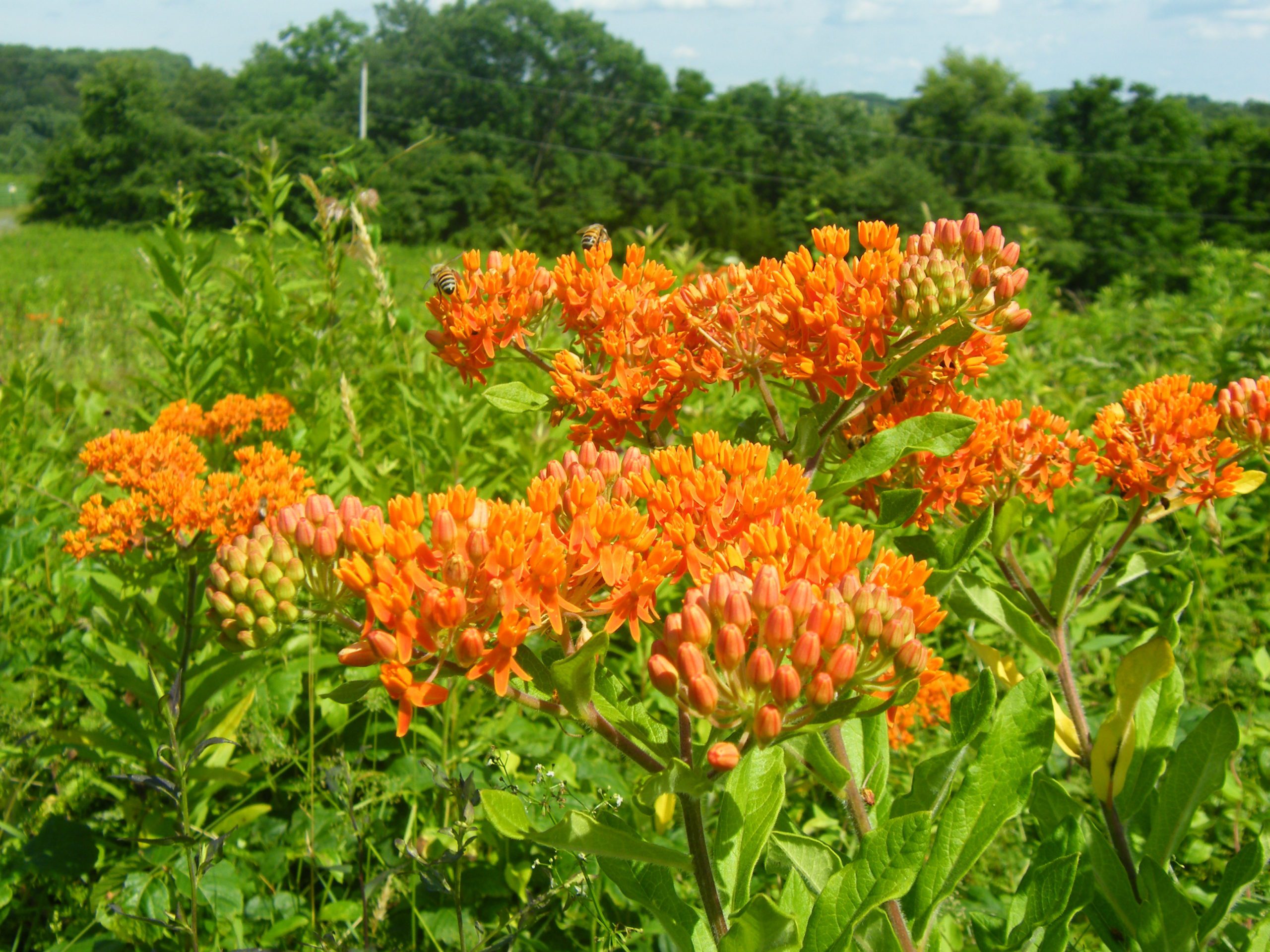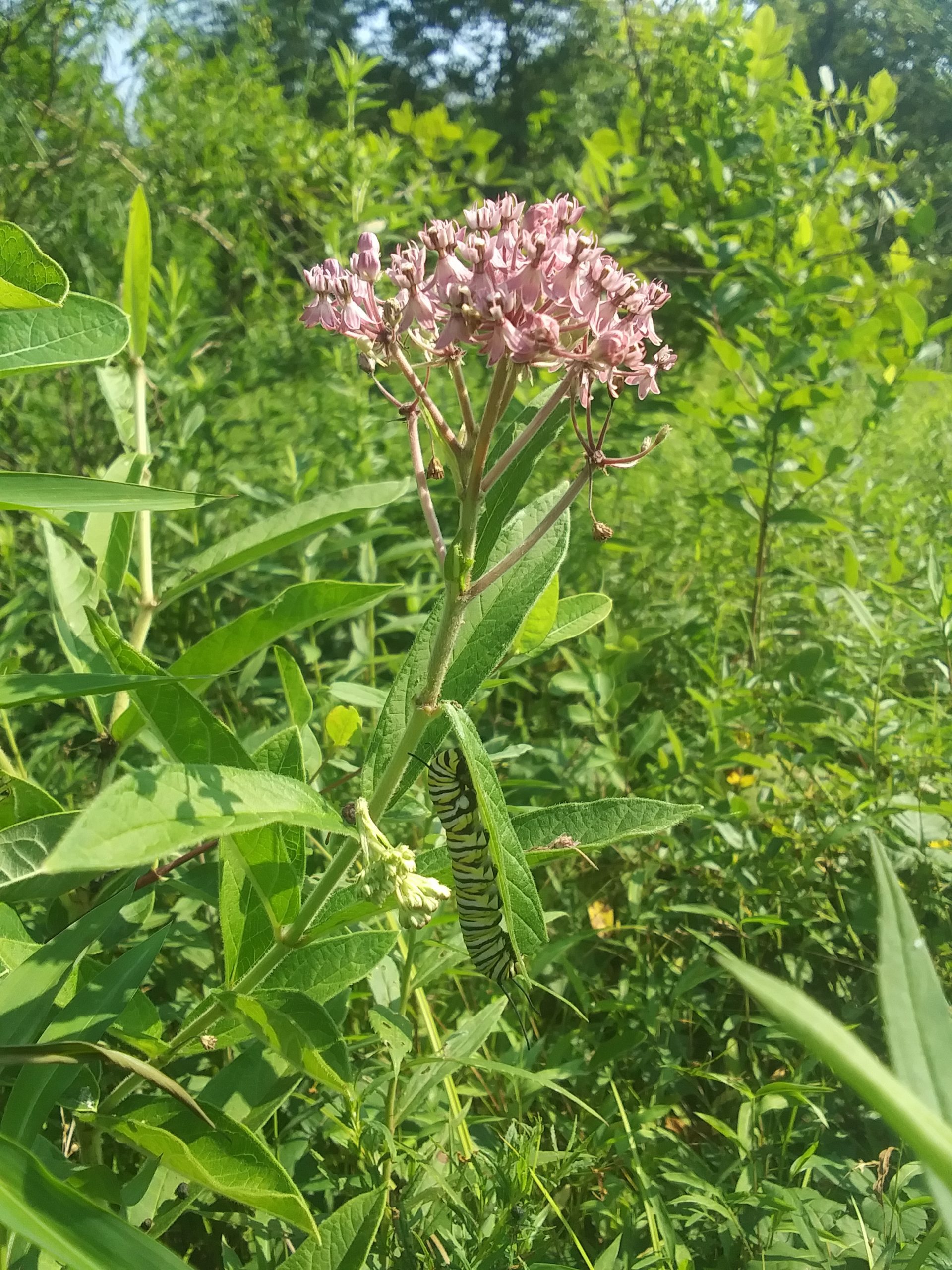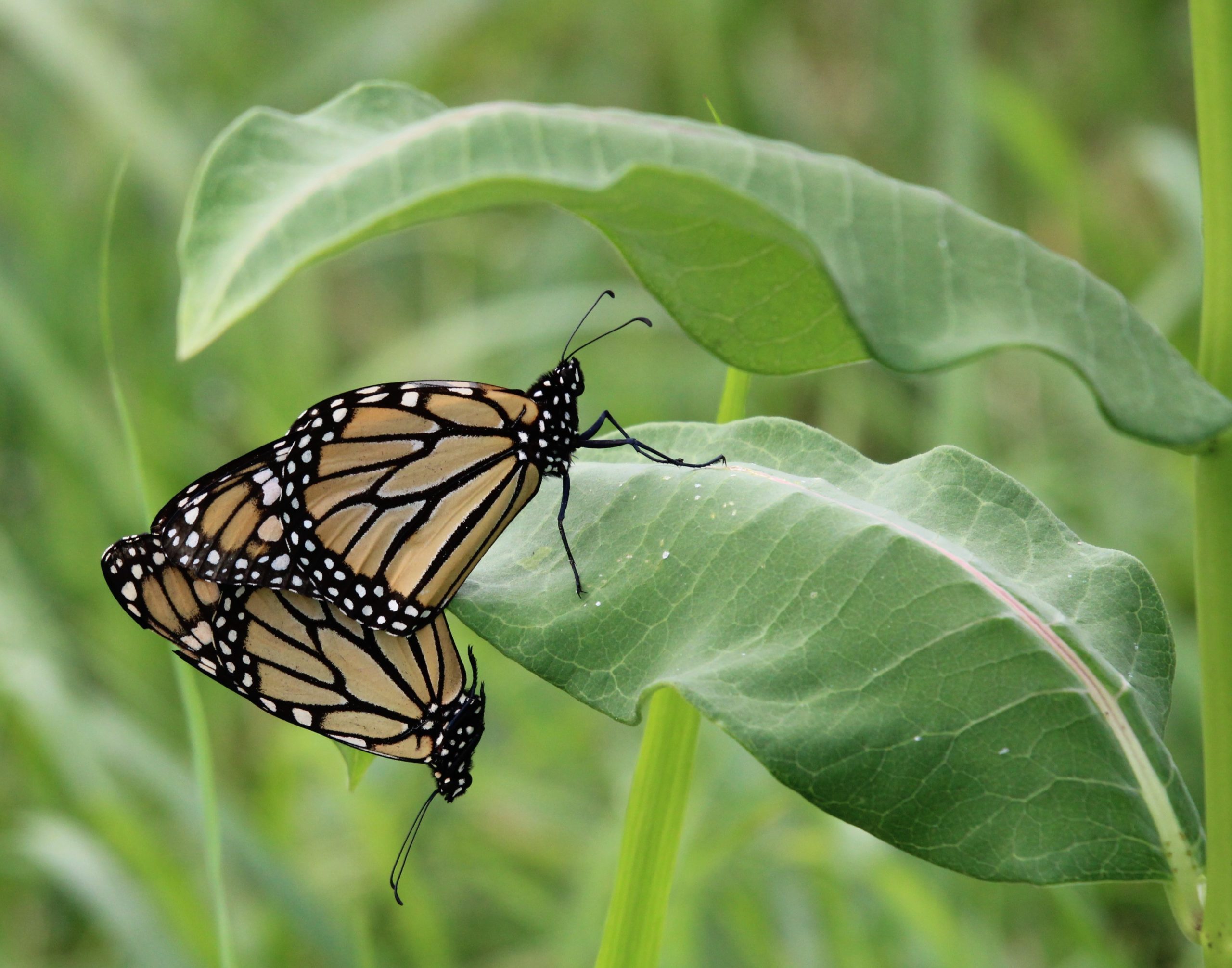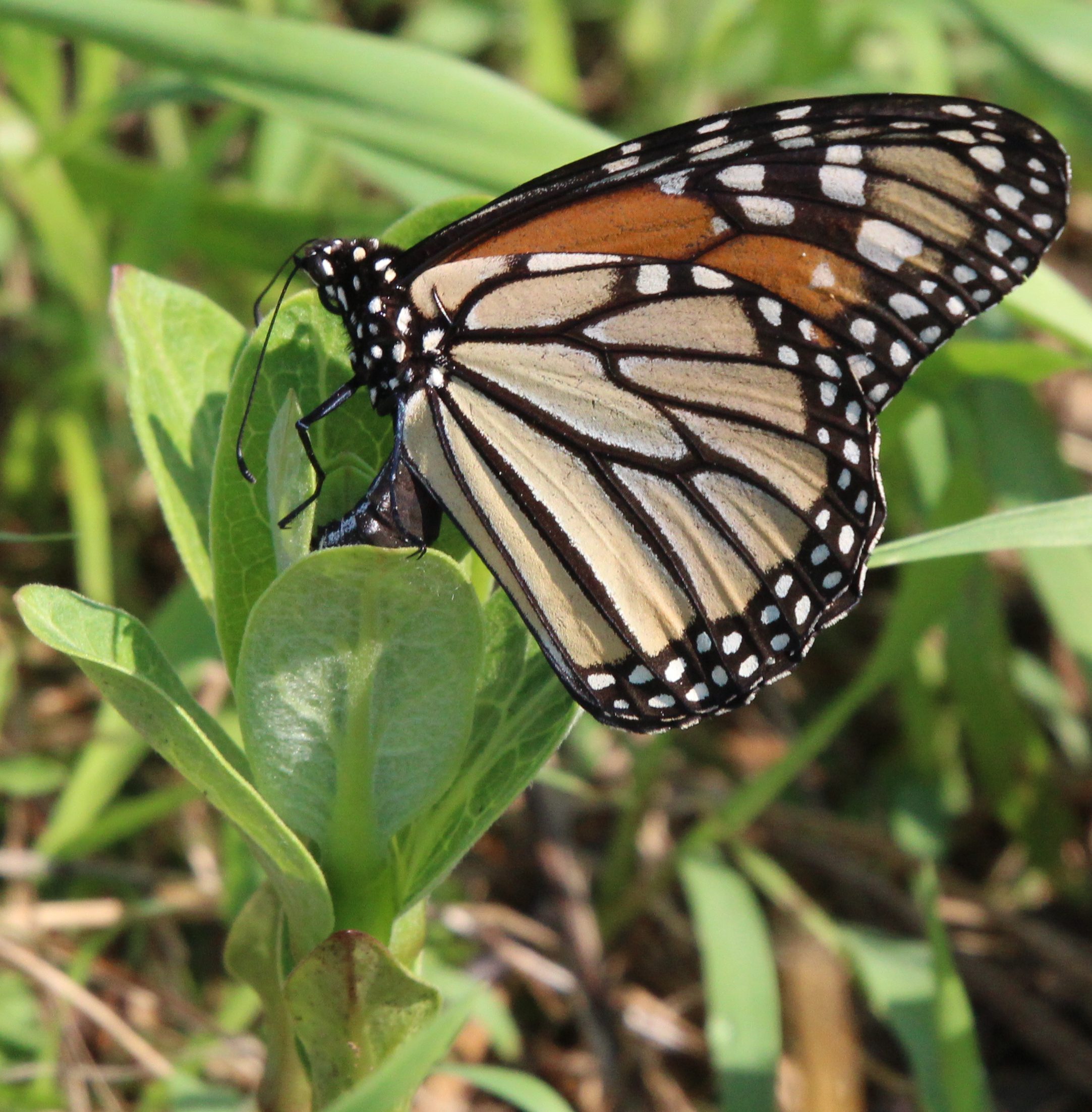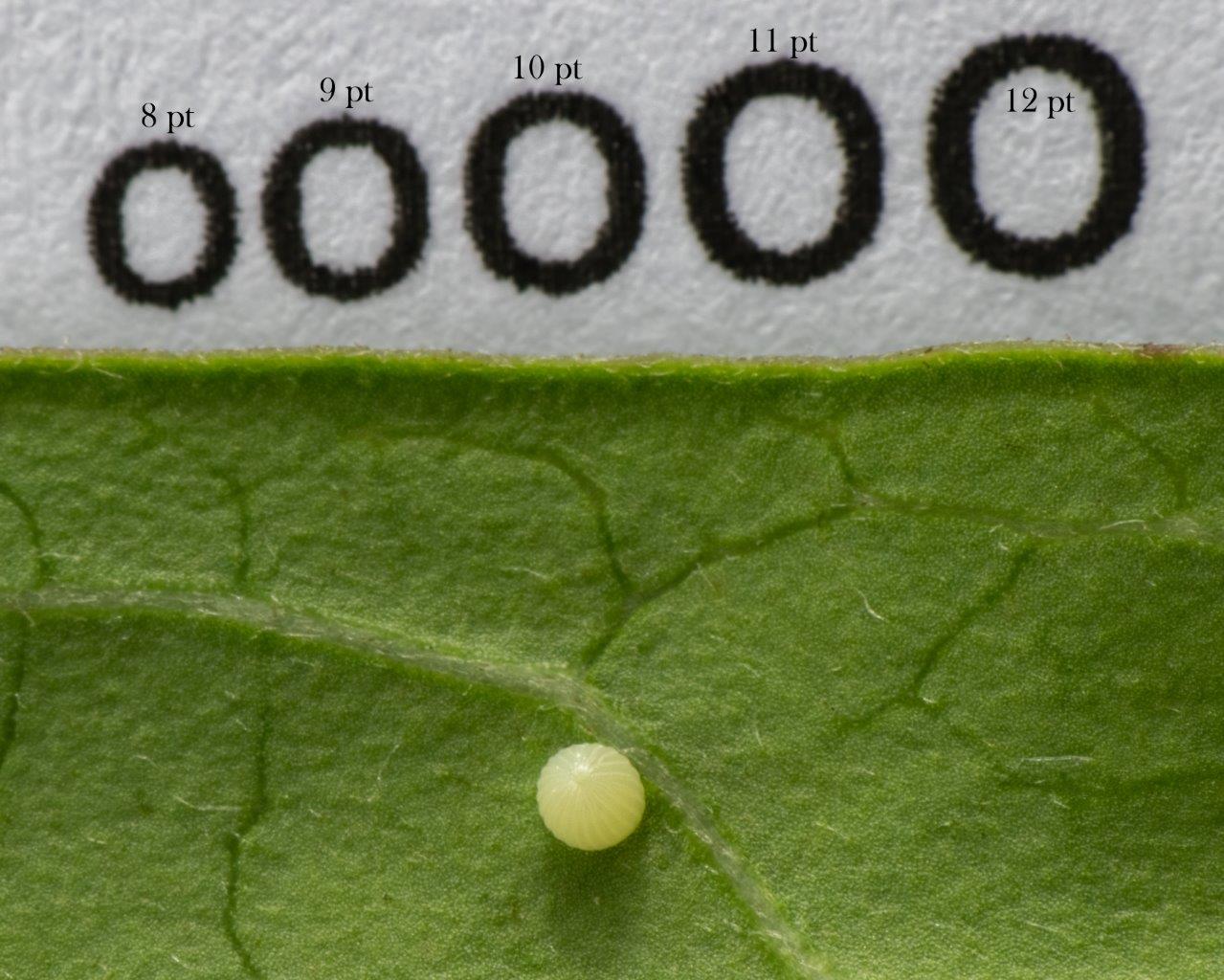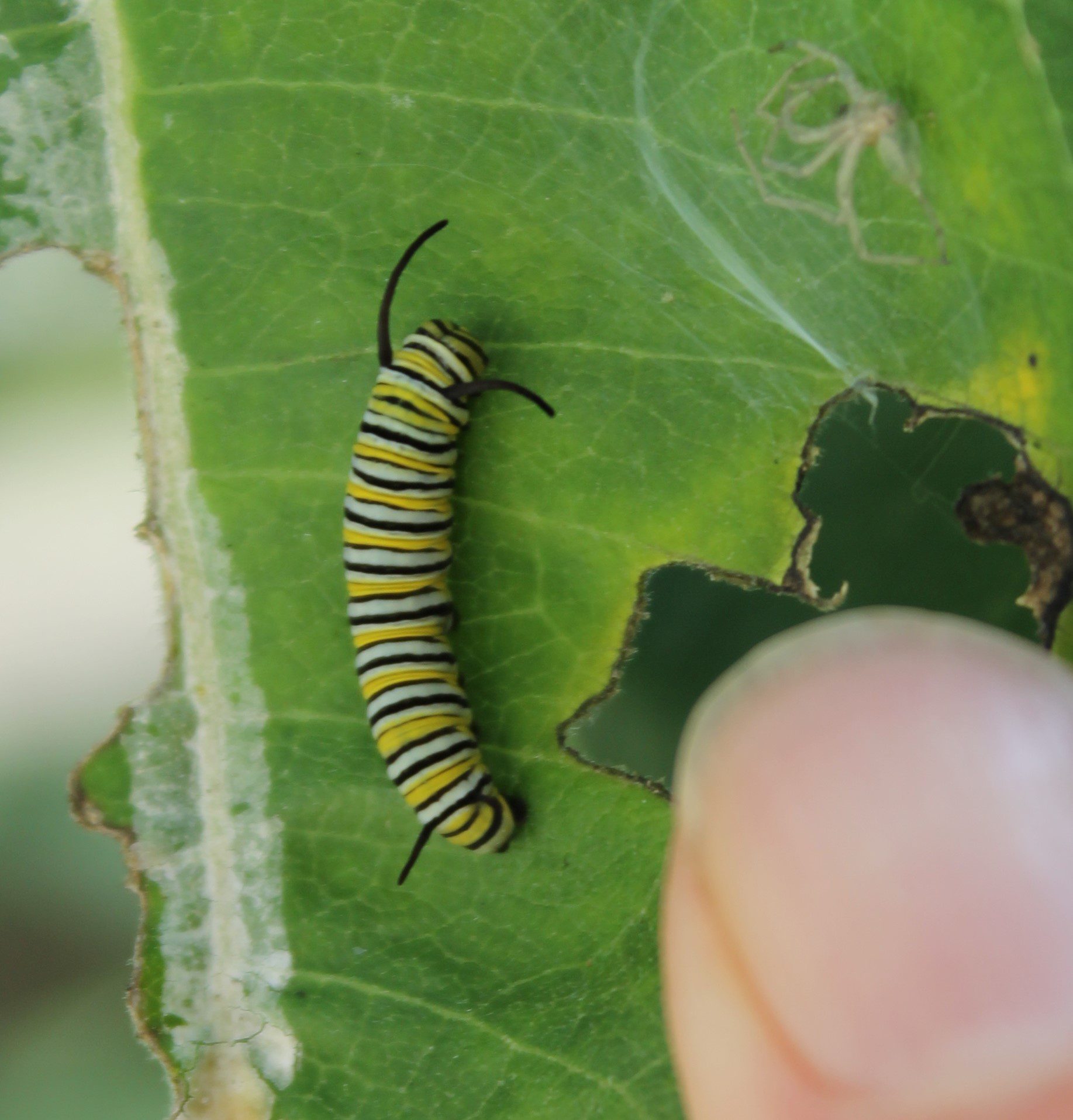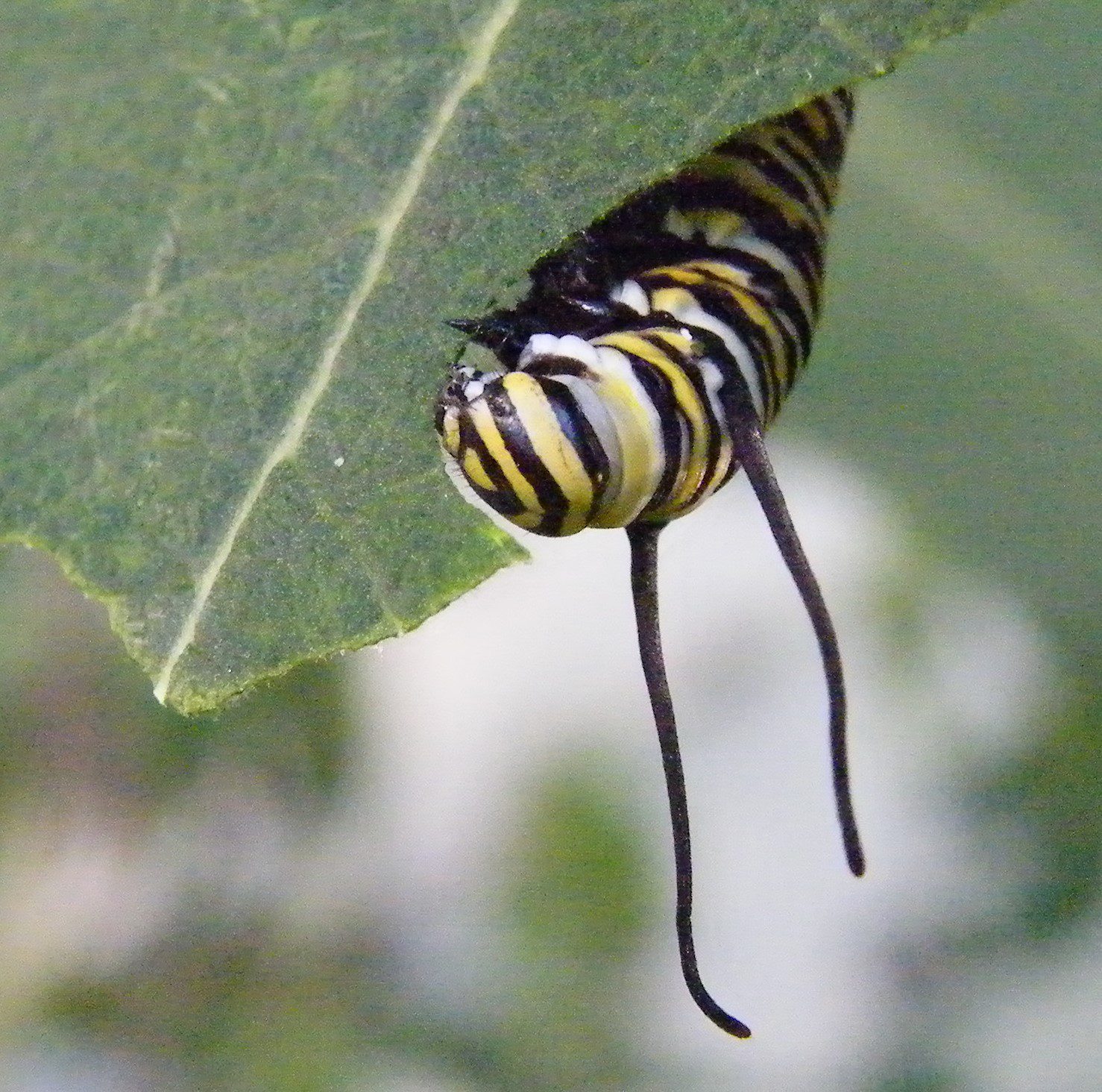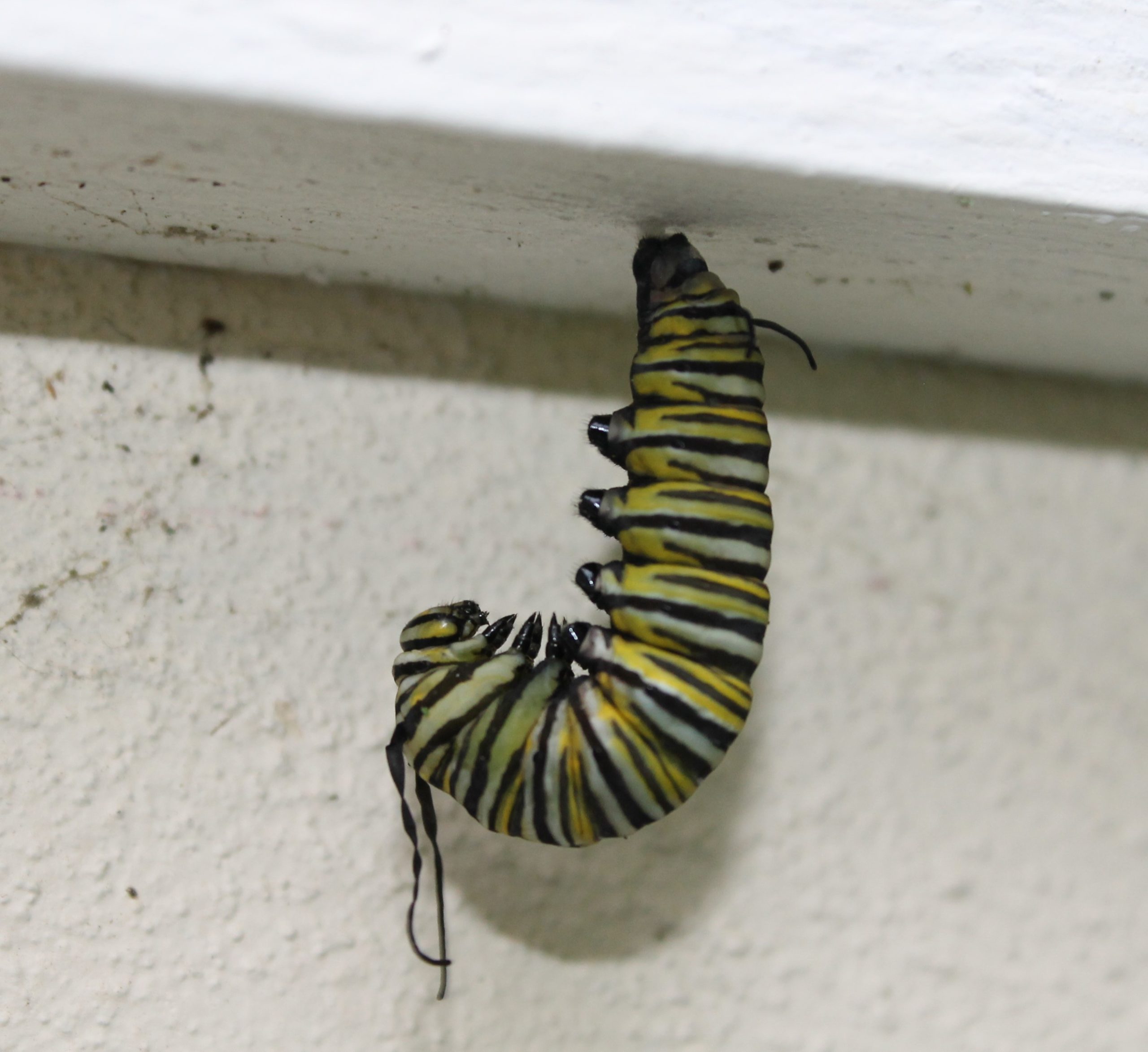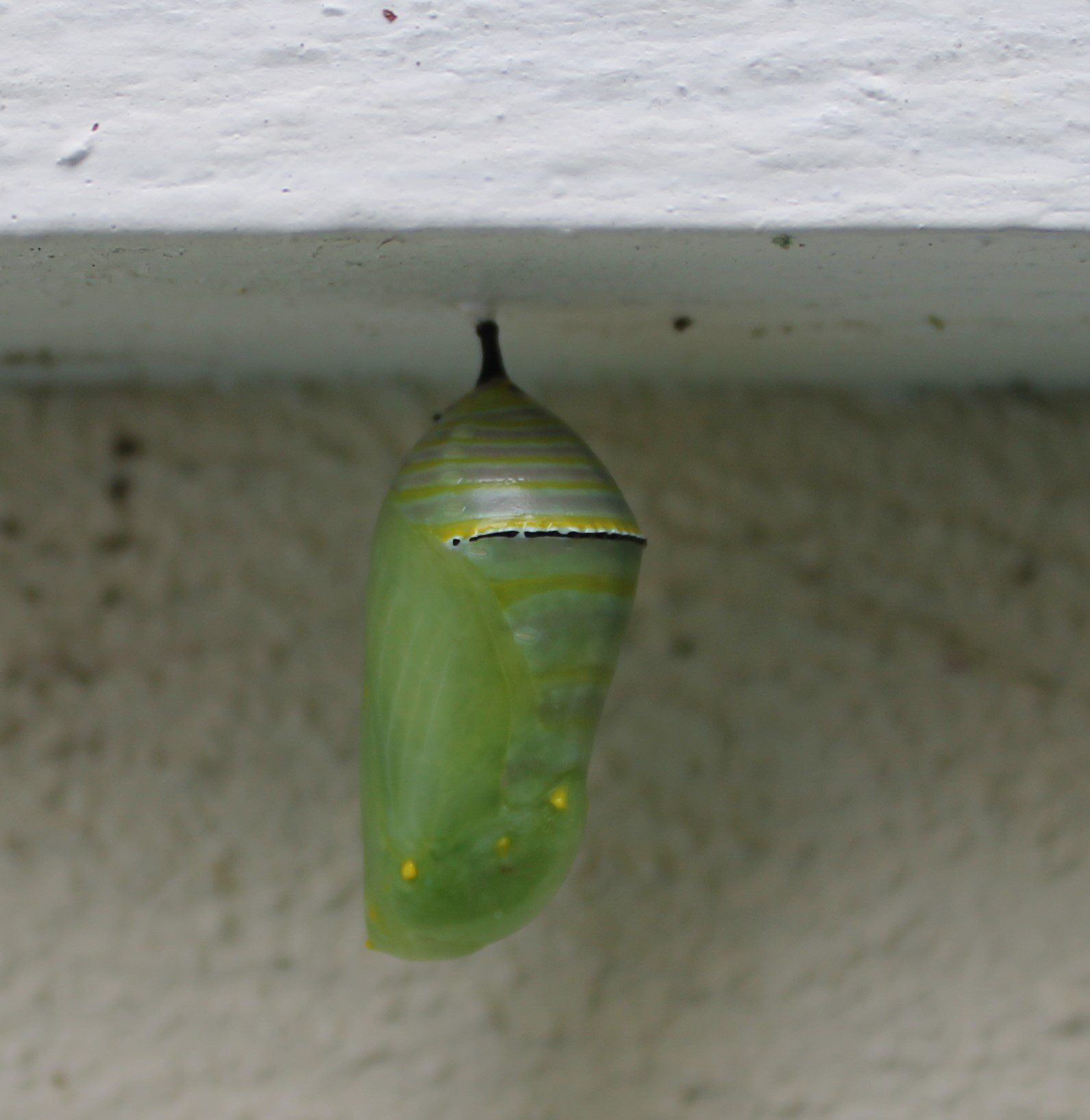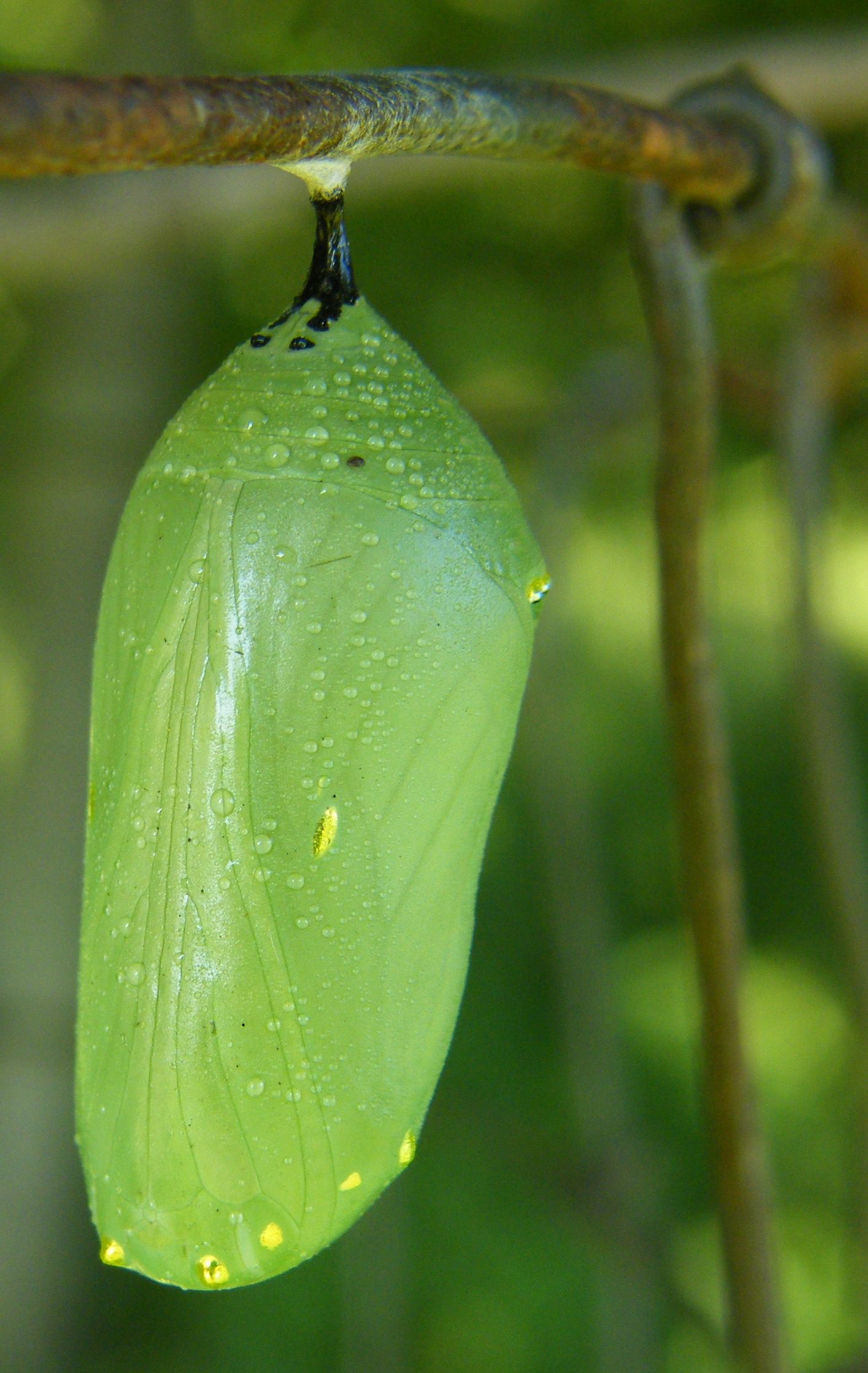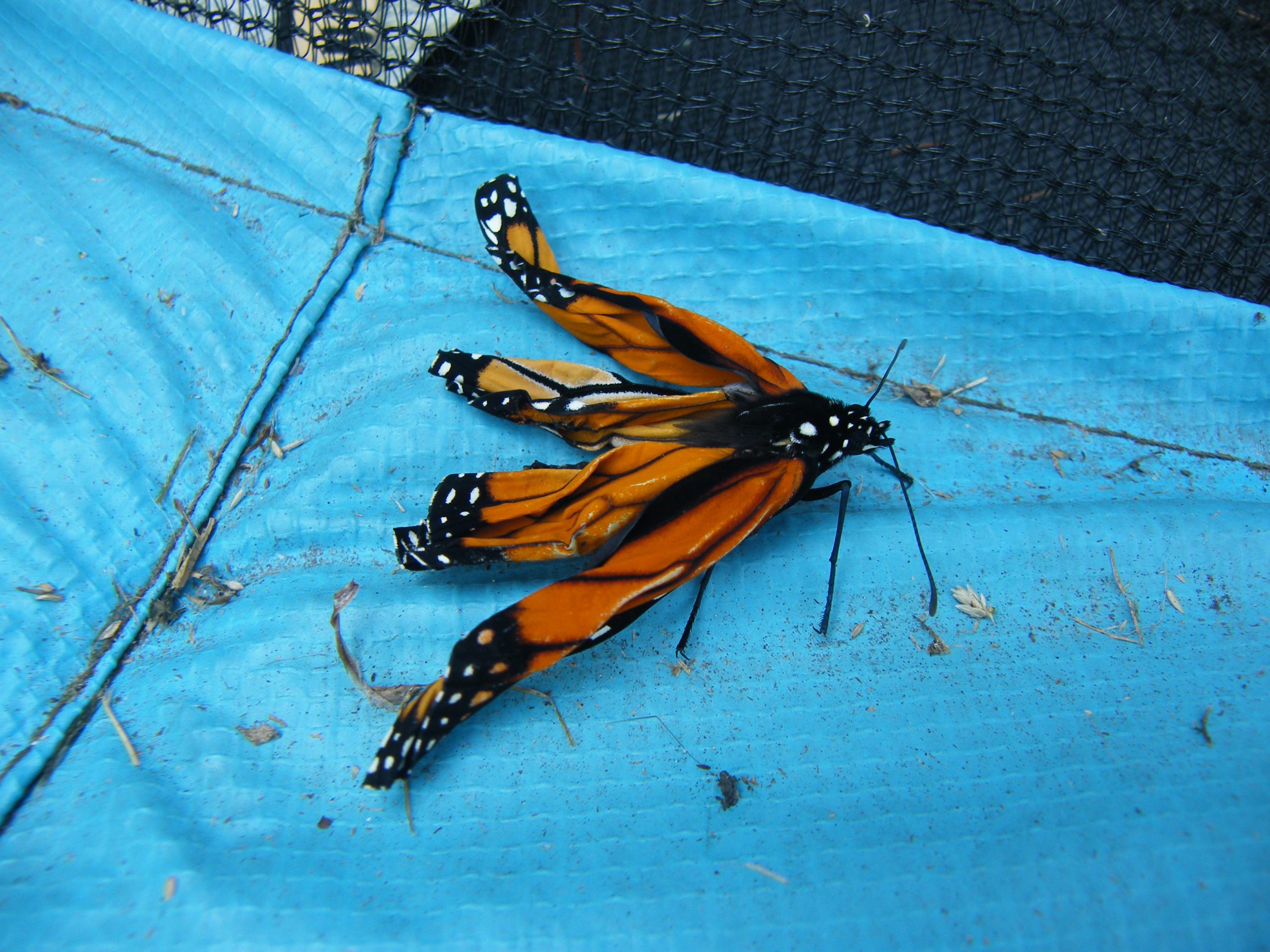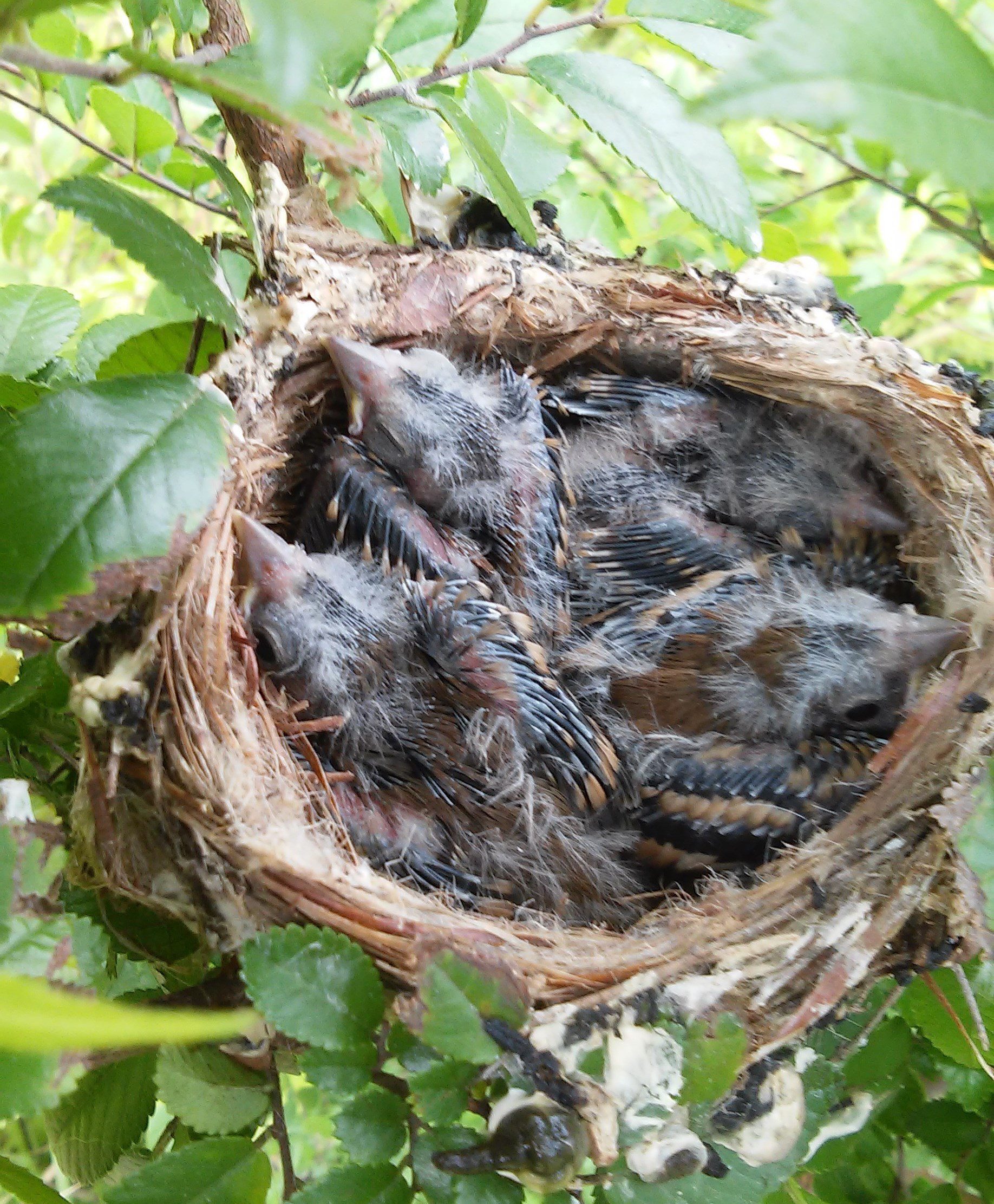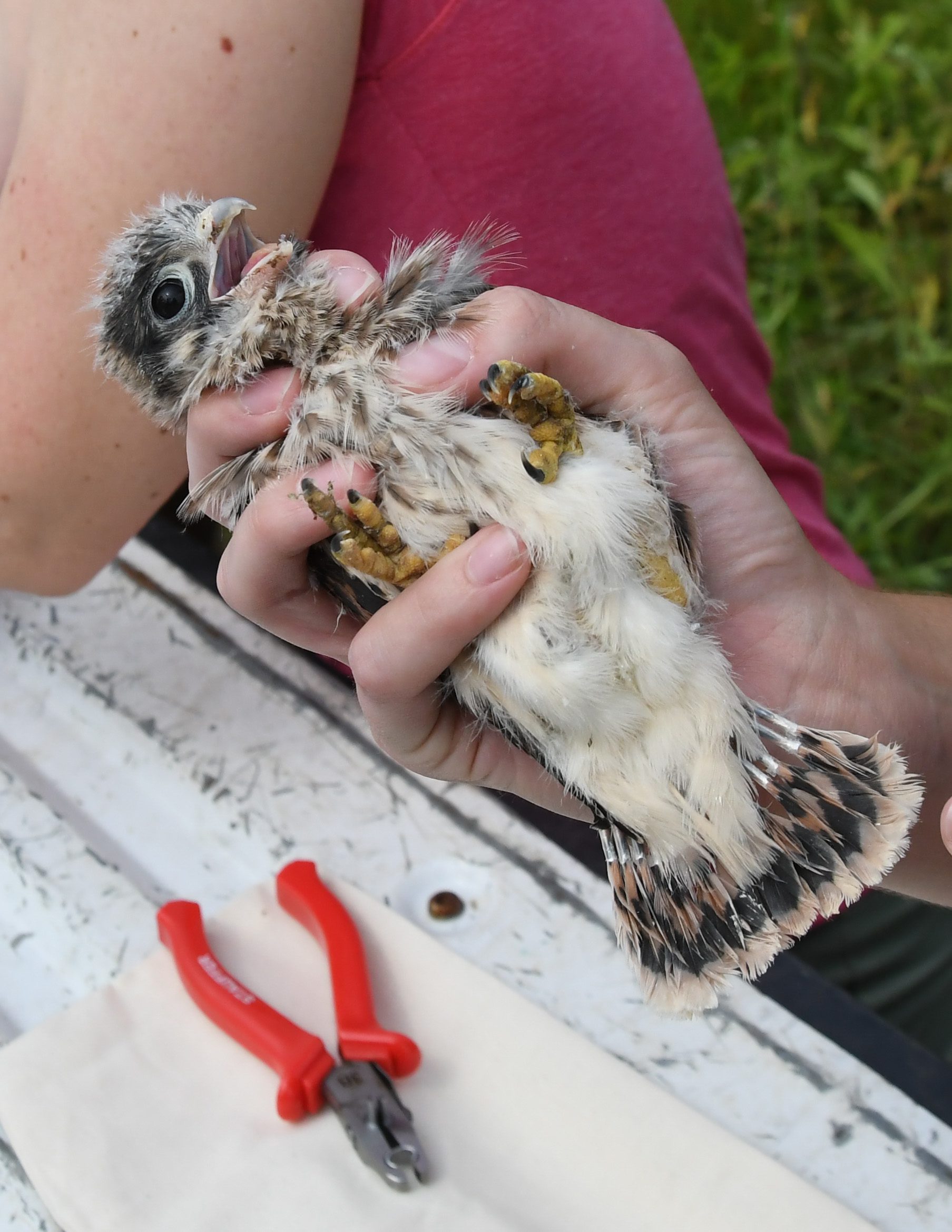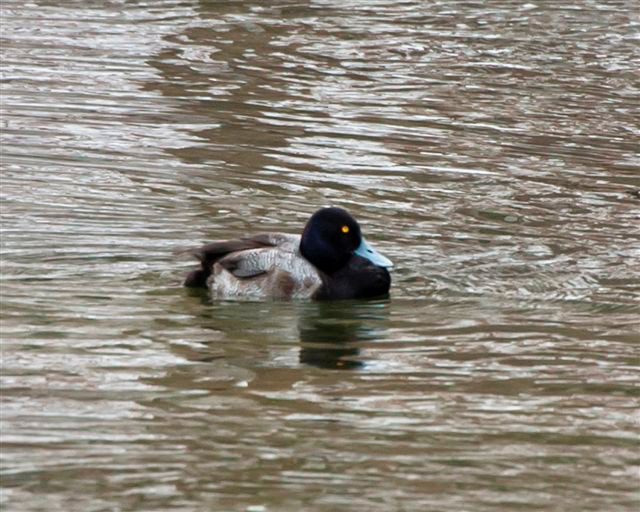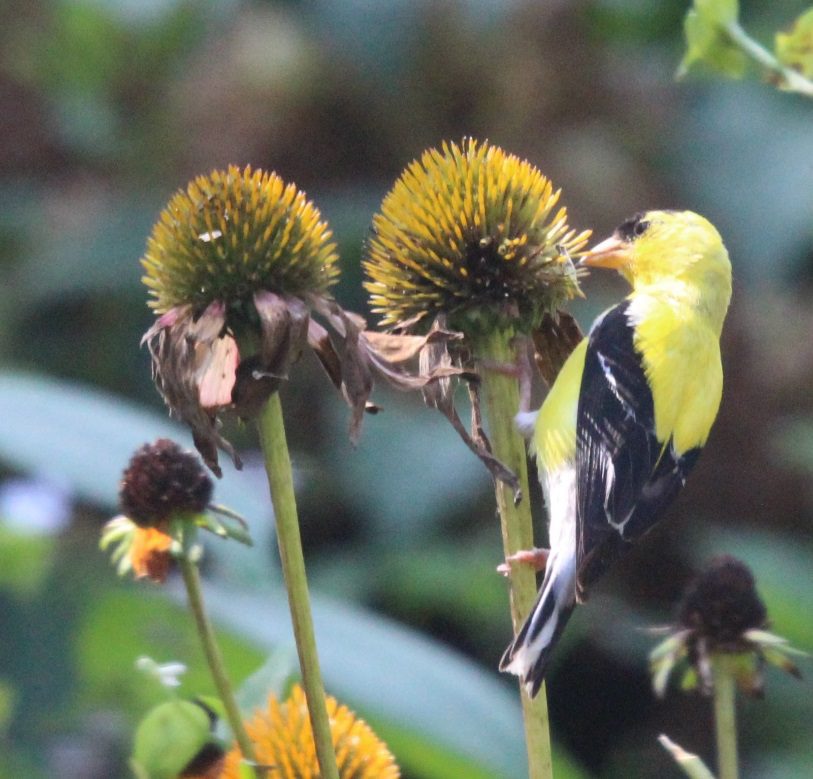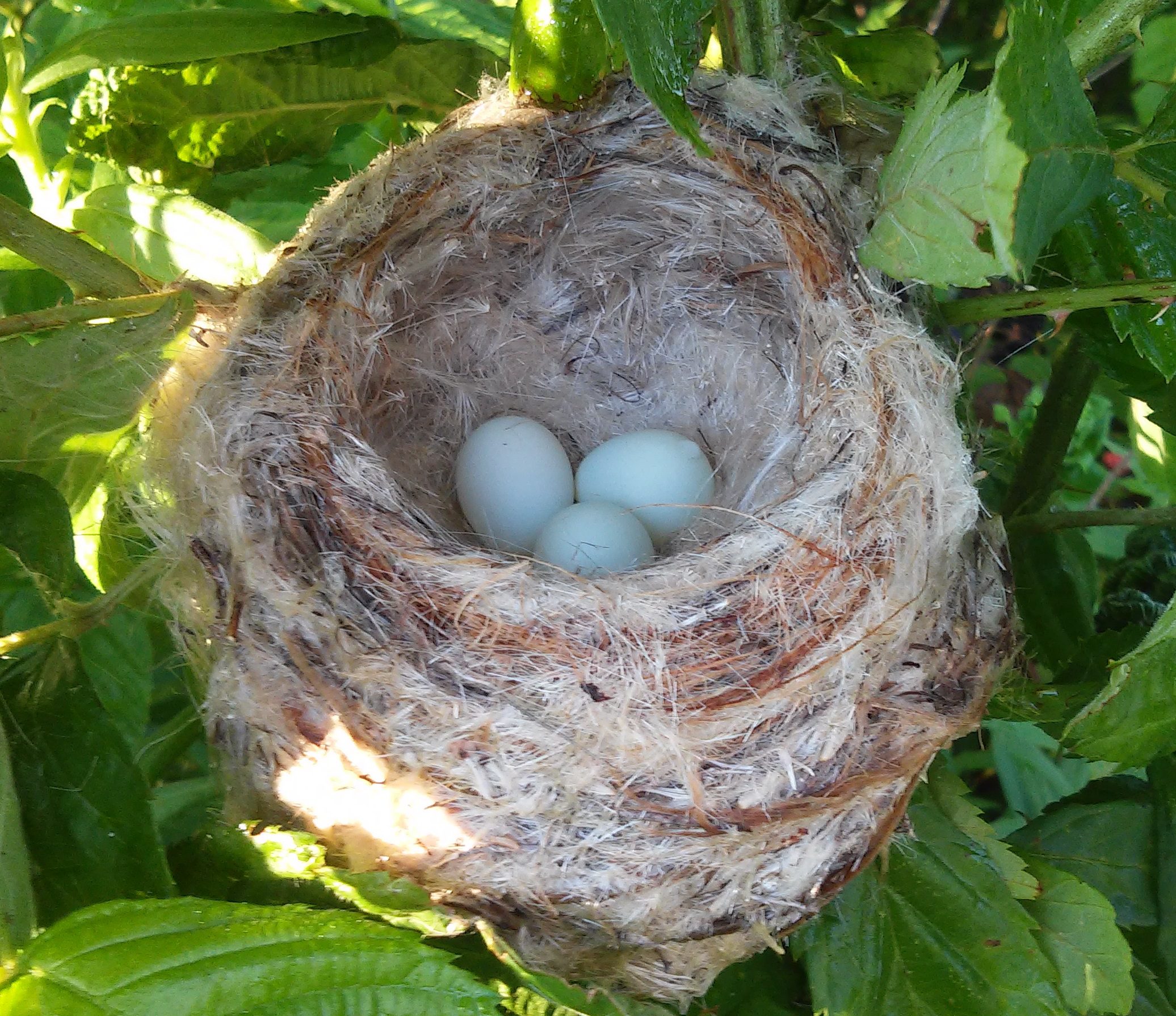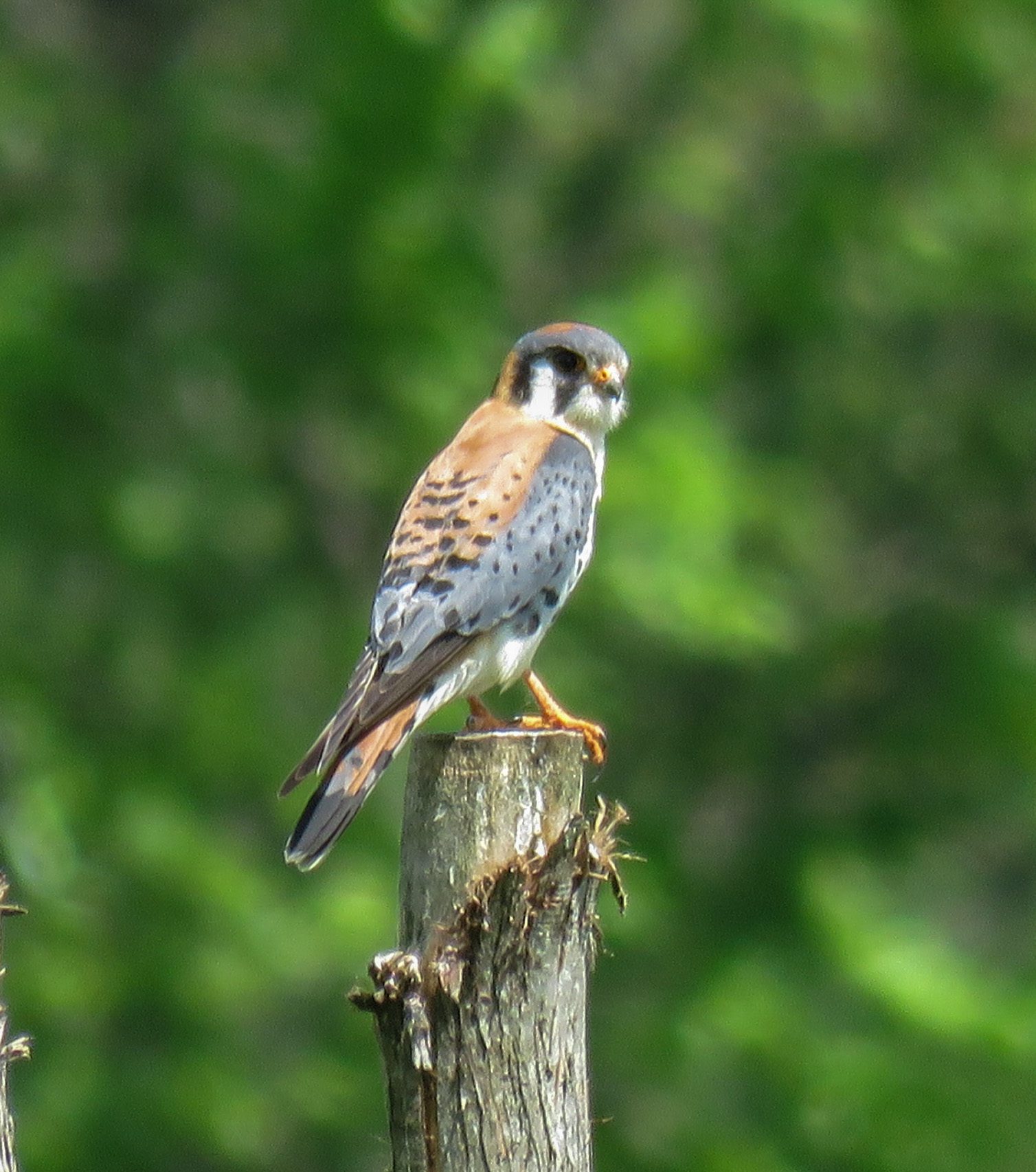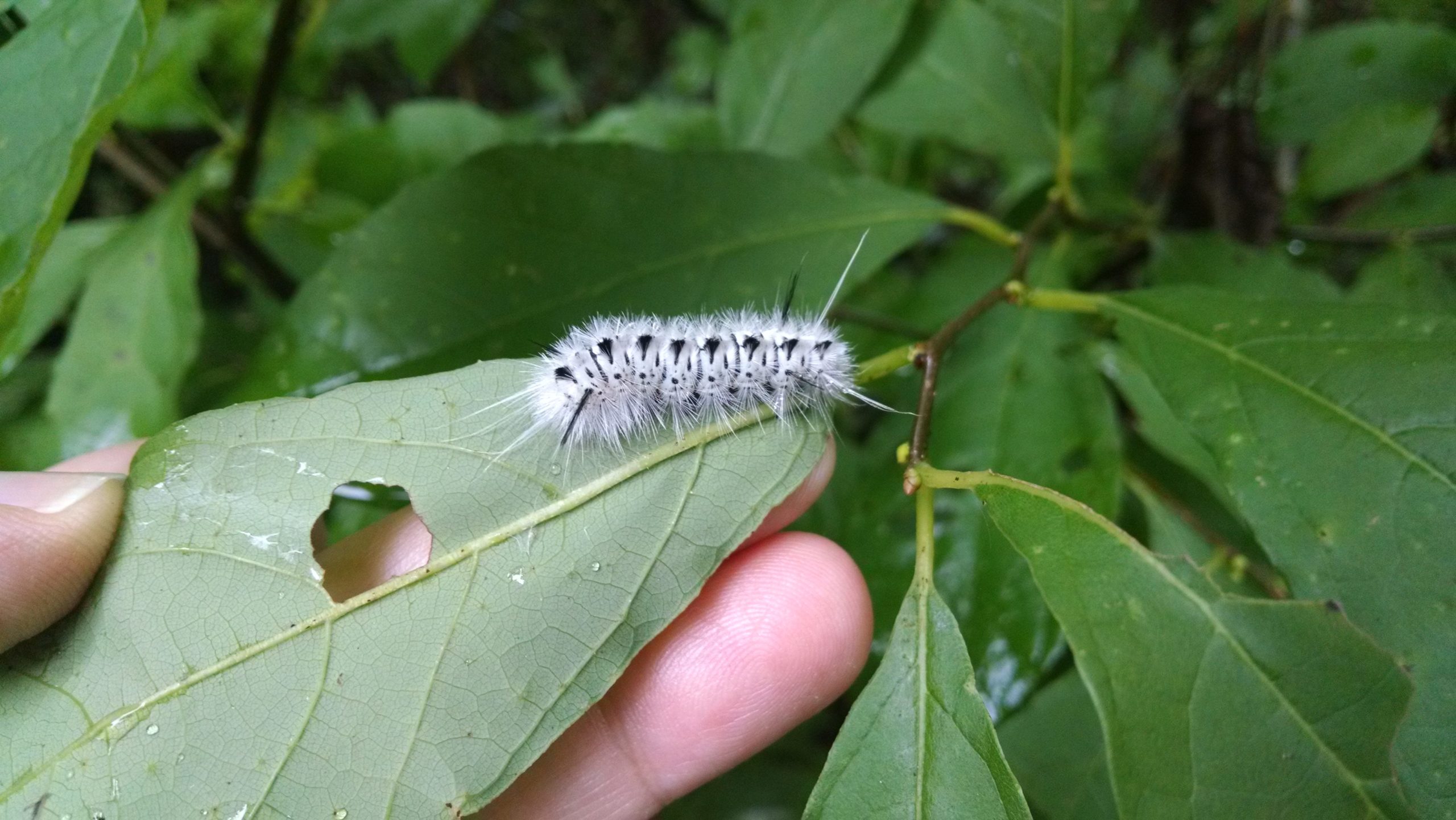“Delaware Nature Society’s mission is to connect people with the natural world to improve our environment through education, conservation, and advocacy.”
We have been following this mission statement since our founding in 1964. Every year we connect over a thousand people with nature through our adult, family and youth programs, summer camps, ecotours, and social media. We also help people attract wildlife to their yard through our popular native plant sales. All native plants improve our environment by restoring natural food webs, but one group in particular supports all three pillars of our mission statement: the milkweeds! The milkweed family (genus Asclepias) contains several species native to our area that make a perfect conduit to the natural world.
Education
Milkweeds are an excellent gateway for learning the basics about plants and gardening, and the important link between native plants and native insects. Strikingly colorful species like butterfly weed (A. tuberosa) and swamp milkweed (A. incarnata) are available at our spring sale (May 6th – 7th) and are not too difficult to grow in a sunny spot. One can then learn about their life cycle by watching them grow into mature flowering plants which produce seed for the next generation.
Common milkweed (A. syriaca) is easy to grow from seed provided it is planted in a sunny location, especially during fall. The seed is large so even small children can poke a few into the soil then watch the shoots emerge and develop into a large, bright green plant. Common milkweed can spread quite rapidly however, so butterfly weed and swamp milkweed may be better options for a tightly managed landscape.
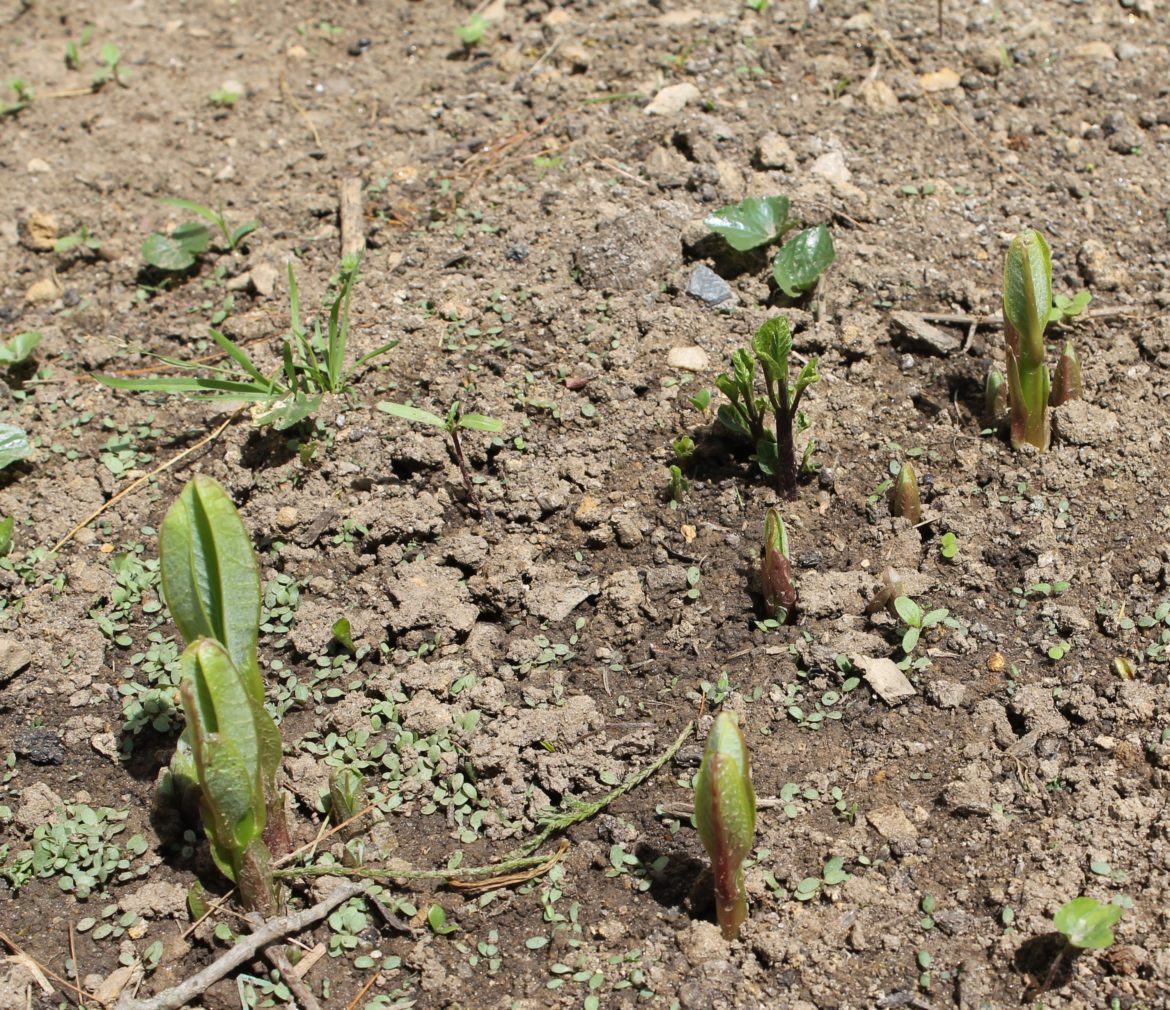
Milkweeds also have tremendous educational value because they are the host plants for one of our most charismatic insects, the monarch butterfly. The adult is a large, spectacular orange and black butterfly that is easy to spot, even for children. The yellow and black striped larva is perhaps the most recognizable of all North American caterpillars. Monarchs are the perfect model organism for teaching adults and children about the life cycles of insects because each stage can be observed quite easily. The adults usually copulate on a prominent flower, and sometimes in flight! The eggs are tiny but distinctive, the caterpillars are colorful and slow-moving, and the pupae are often suspended below familiar structures like fences and windowsills. As an added benefit, the caterpillars are easy to rear in captivity provided you have a ready supply of fresh milkweed leaves. This gives you a chance to witness the magic moment when the fully formed adult butterfly emerges from its chrysalis!
Milkweeds and monarchs are also a classic example of insects gaining protection from their host plants. Milkweeds are so-named because they have a distinctive white latex sap which contains toxic cardiac glycosides. Caterpillars incorporate this into their tissues as they feed which makes them distasteful to predators like birds. Be mindful that the milky sap can irritate the skin of some people.
Monarchs are also unusual butterflies in that they migrate long distances, with successive generations flying to and from the wintering grounds in Mexico. Citizen scientists track monarch migration by carefully capturing them in soft hand nets and attaching a small, coded sticker tag to their wing. This tag provides vital information on their migratory route or wintering location if they are later recovered.
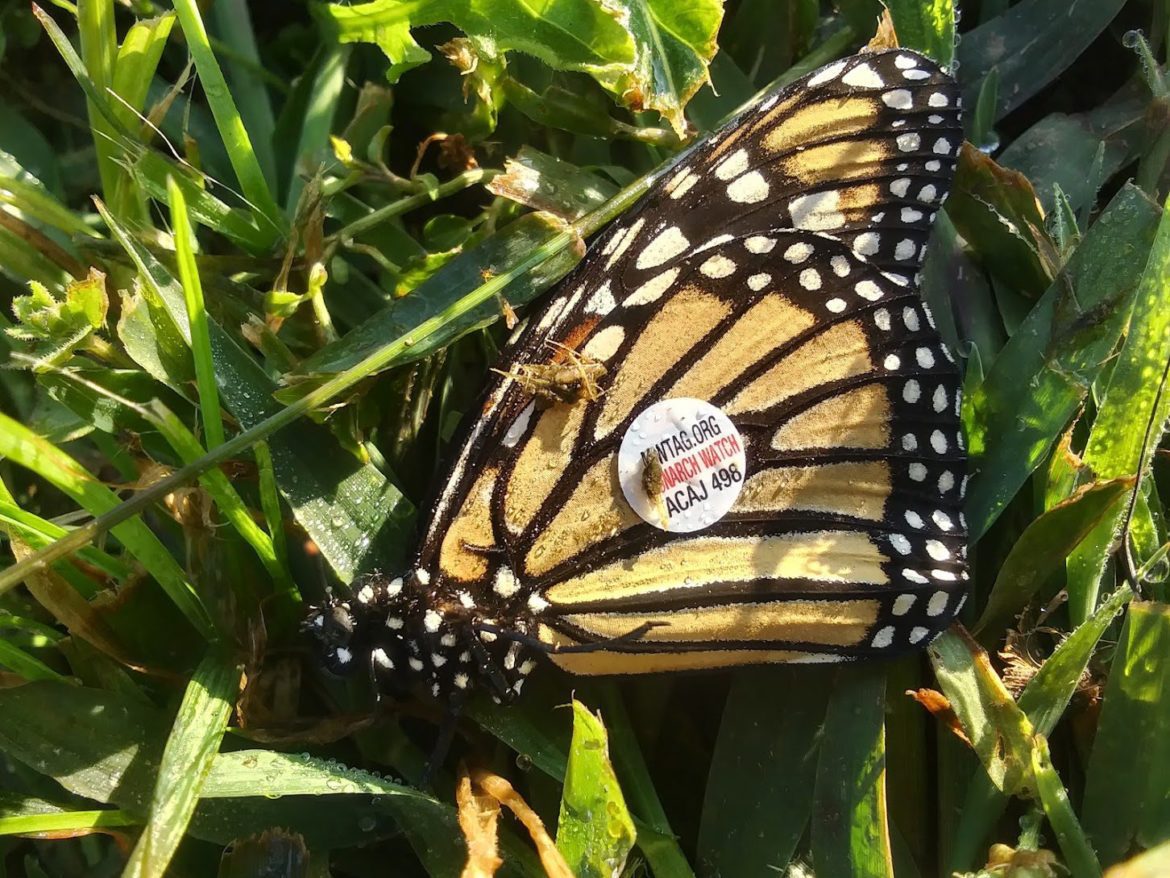
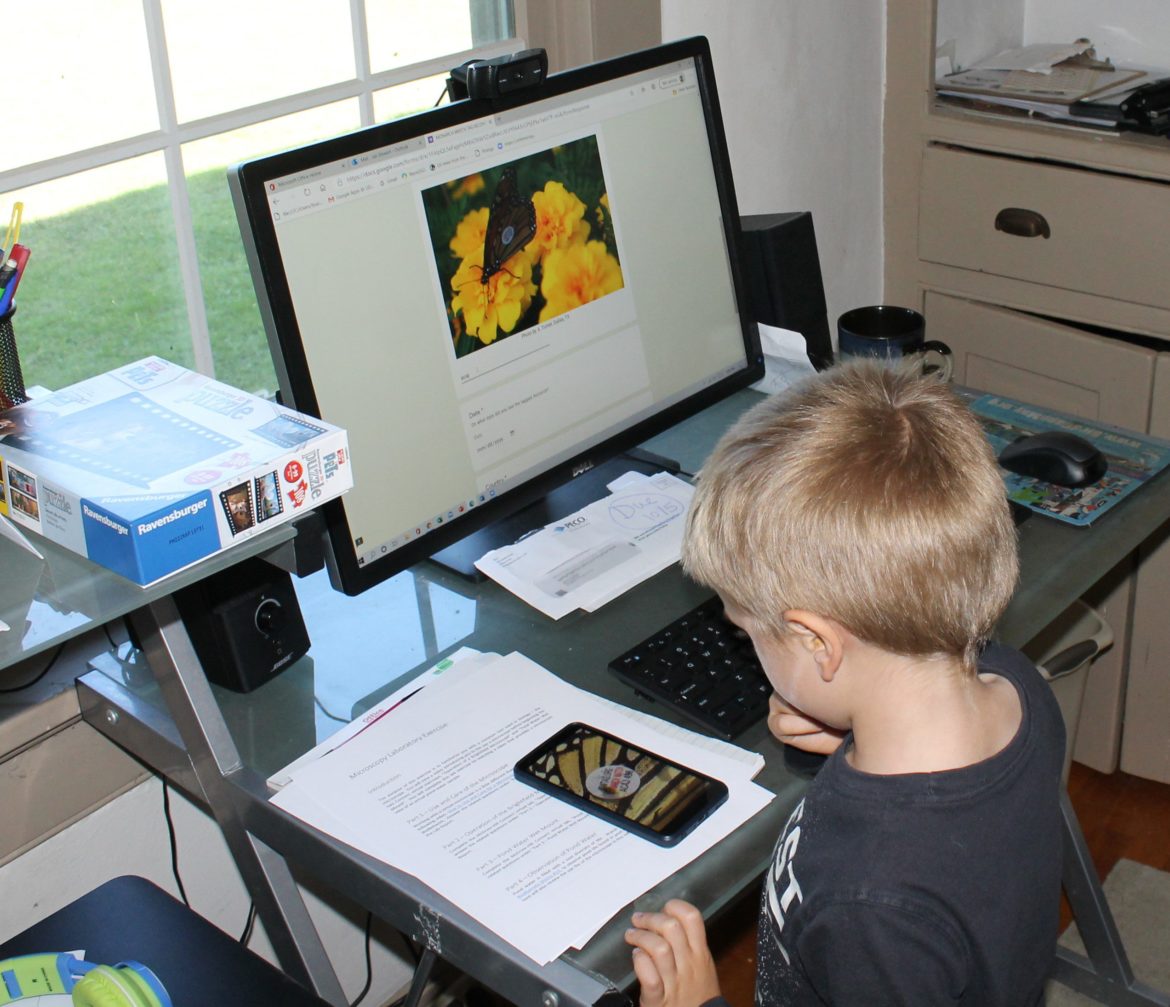
Conservation
Growing milkweeds is an instant conservation gain since they are essential for the reproduction of the declining monarch butterfly. However, many other insects feed on milkweeds as adults or larva, with almost 450 species recorded from common milkweed! Three colorful native insects it usually attracts are the milkweed tussock moth, the large milkweed bug, and the red milkweed beetle. All milkweeds are butterfly and bee magnets so planting even one species helps these attractive pollinator insects, many of which are declining.
Supporting pollinators is one of the main reasons we manage our land by restoring it with many other native plants besides milkweeds. This page includes external links to milkweed seed giveaways for teachers and non-profits.
Advocacy
Land, habitat, and wildlife protection is one of our four policy priority areas. We work to insure adequate attention and funding for the preservation and management of wildlife habitat throughout the state. Supporting funding for Open Space and Farmland Preservation is one way we can insure native plants like milkweeds can flourish, because these are exactly the kind of habitats in which they thrive.
However, people don’t need to go out into the countryside to see milkweeds and monarchs. Several milkweeds grow well in small plots in city gardens and downtown parks and schools. This makes these plants a great way to bring nature closer to home for literally tens of thousands of people.
Milkweeds provide a year-round appreciation of the simple beauty of the natural world, especially for photographers or artists. Common milkweed emerges early, and its shoots provide a welcome sign of spring after a cold and dark winter. Milkweeds continue to attract insects all summer and well into the fall. In late fall the seed pods start turning brown before splitting opening to reveal hundreds of mahogany seeds suspended from glistening silvery threads. Even after the seeds are long gone the rows of empty pods can be a striking sight on a snowy day.
In gardening, as in life, you only reap what you sow, and planting milkweeds in your yard or neighborhood will give you many hours of enjoyment!
